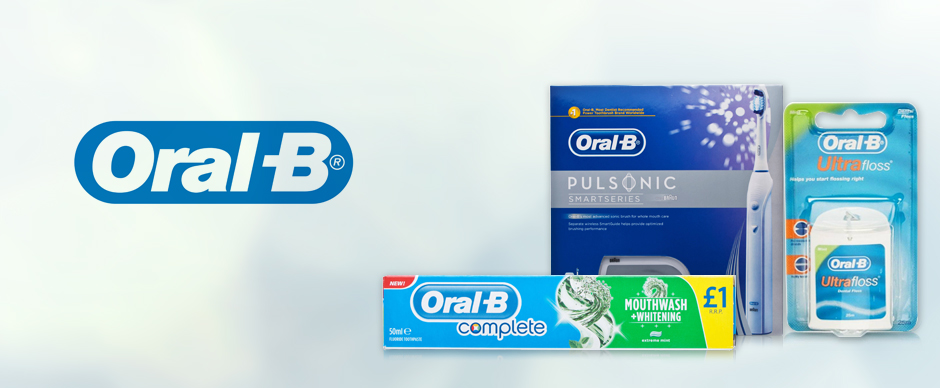
Choosing the right toothpaste
There are so many varieties of toothpaste available that sometimes it may be tough to find just the right one. While toothpastes differ in taste and brand it may be easier for you to choose the right one for your dental needs if you understand the key performance areas of the various kinds of toothpaste.
There are three basic types of toothpaste
Antimicrobial toothpaste contains stannous fluoride, which is an antibacterial agent that also works to protect the teeth from cavities. This type of toothpaste has sensitivity benefits and can be used for sensitive teeth and gums. If your teeth are sensitive and you’ve had problems with cavities in the past, look out for toothpastes that are antimicrobial.
Tartar-control toothpaste usually contains sodium pyrophosphate to help prevent the formation of tartar on the teeth. Sodium hexametaphosphate used also prevents stains and tartar above the gum line. If you already have stubborn tartar on your teeth, using tartar-control toothpaste may help. However in some cases getting professional cleaning from your dental hygienist might be necessary.
Whitening toothpaste contains chemicals and abrasive ingredients that work to remove present stains and prevent future ones from forming on your teeth. If you use whitening toothpaste regularly you can reduce the appearance of stains and help your teeth look lighter. Additionally, if you want your teeth to appear whiter, quitting smoking and excessive drinking may help out.
Is fluoride good for me?
For individuals over the age of six, it’s beneficial to use toothpastes that contain fluoride because it will help prevent cavities. Recent studies also show that fluoride in toothpaste helps strengthening tooth enamel and keeps cavities at bay.
Remember, however, that toothpaste which contains fluoride must always be spit out. If fluoride toothpaste is used for children under 8 years, whose teeth are still developing, they can develop a mild case of fluorosis if they are not careful to spit out the toothpaste. Fluorosis causes excessive fluoride to interfere with the development of tooth enamel. This condition is usually what cases white spots or streaks on the teeth that become darker with age.
Due to risk fluorosis most dentists recommend that children younger than 6 years use toothpaste that does not contain fluoride, or if they do it should be under adult supervision to ensure they do not swallow the toothpaste. Dental products like toothpastes and mouthwashes that contain fluoride should generally be kept out of reach of younger children. Once a child reaches his teenage years his teeth will be fully developed and will not be at such a risk of fluorosis.

